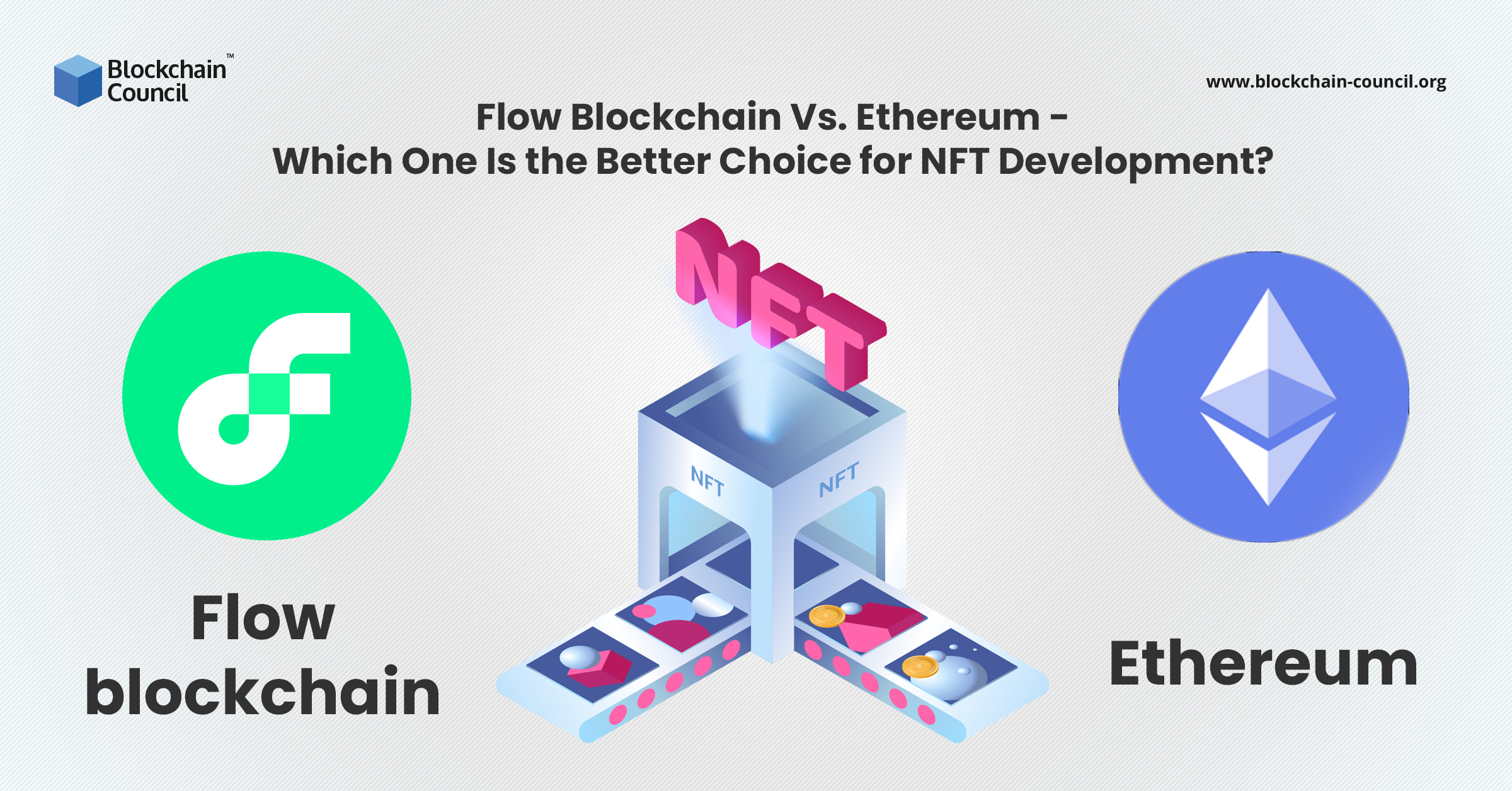
- Toshendra Kumar Sharma
- November 06, 2020
Are you a beginner in the Blockchain space? Wondering what Blockchain is and how it works? How does technology provide data protection? Well, you have landed at the right place.
Table of Contents
- What is Blockchain Technology?
- Components of Blockchain Ecosystem
- How Blockchain Process Transactions Securely
- Who is a Data Controller?
- Hashing for Data Protection
- The Verdict
What is Blockchain Technology?
In most simple words, Blockchain is a Peer-to-Peer decentralized distributed ledger technology that mitigates the need for third-party involvement. It is a chain of blocks stored on thousands of servers distributed over a wide geographical area. Blockchain acts as a complete ledger that maintains a complete copy of all the transactions of a digital asset. Blocks on the blockchain network are made up of digital pieces of information that store all crucial information related to transactions such as parties involved in the transaction process, amount, date, time, etc.
Consider Blockchain as a book where the book represents the Blockchain; the page represents the block, and each entry on each page of the book represents a blockchain transaction. Blockchains record every credit and debit transaction in such a way that no one can alter the details without informing other members in the network because each block is connected to every previous block.
Components of Blockchain Ecosystem
Now, as we have a fair understanding of Blockchain technology, let’s quickly delve into its architecture components.
- The first one is the Node, which is a user or a computer within the blockchain ecosystem.
- Block is the other crucial component that helps in keeping a set of transactions distributed to all nodes in the entire network, whereas Chain is a series of blocks in a Blockchain in a particular fashion.
- A transaction can be defined as the smallest building block of a blockchain ecosystem.
- Mining is a process of recording new transactions on the blockchain ledger, and Miners are specific nodes that perform the block verification process, and then blocks are added to the network.
- Technology makes use of the fault-tolerant mechanism,’Consensus,’ to reach the necessary agreement on a single data value.
Want to gain in-depth knowledge about Blockchain Technologies and become a Certified Blockchain Expert? Wait no more! You are just a click away!
How Blockchain Process Transactions Securely
Blockchain is known for its decentralization, immutability, and security. But here comes the question, how this technology process transactions securely.
Distributed ledger technology, Blockchain uses a private key whose security helps protect a user from theft and unauthorized access. A public key can be defined as a cryptographic code that allows users to receive cryptocurrencies securely.
When a user initiates its first transaction, a unique pair of the public key and the private key is generated. The private key is known to the user alone, which serves as its digital ID. This key empowers users to carry out any type of transaction from his account. When a transaction is initiated, it is broadcasted to the entire network where the distributed nodes confirm its validity before finalizing and recording it on the blockchain network. Before the transaction is transmitted to the concerned party, it is signed digitally via private key, which verifies ownership of the private key.
The public key, coupled with the private key, is considered to be a requisite tool that is essential to ensure the security of the cryptocurrency ecosystem.
Who is a Data Controller?
The reasons and manner in which personal data is handled are decided by the data controller. It manages overall control over the ‘why’ and the ‘how’ of operation in the data processing.
Now comes the question: what is a data processor?
On behalf of the data controller, a data processor processes personal data on the instructions of the data controller. So how is it determined whether a group qualifies as a processor or a controller?
This depends on the degree of independence of each party in deciding how and in what way the data is processed and the degree of control over the personal data content. It is also important to note that more than one team may qualify as a controller for one particular category of processing.
Hashing for Data Protection
Blockchain relies on hashing technology, which generates fixed-length outputs regardless of its length, for a piece of information. It is an important aspect of Blockchain as hashing helps in document authentication. It verifies that given digital information is identical to the one that was hashed originally.
The Verdict
Blockchain is one of the most in-demand technologies at present. Tech giants and enterprises have started utilizing this technology to transform their operations because of its decentralized nature, immutability, and security. Beyond its original purpose that supports digital transactions seamlessly, this tamper-proof, decentralized feature has made Blockchain increasingly prominent.
But apart from all that, it is also crucial to note that cryptocurrency hacks recent driving headlines indicate failures at places.
If you are interested in learning all the ins and outs of blockchain technology and become a Certified Blockchain Expert/Developer, get enrolled in Blockchain Council today!
To get instant updates about Blockchain Technology and to learn more about online Blockchain Certifications, check out Blockchain Council.





































































 Guides
Guides News
News Blockchain
Blockchain Cryptocurrency
& Digital Assets
Cryptocurrency
& Digital Assets Web3
Web3 Metaverse & NFTs
Metaverse & NFTs
